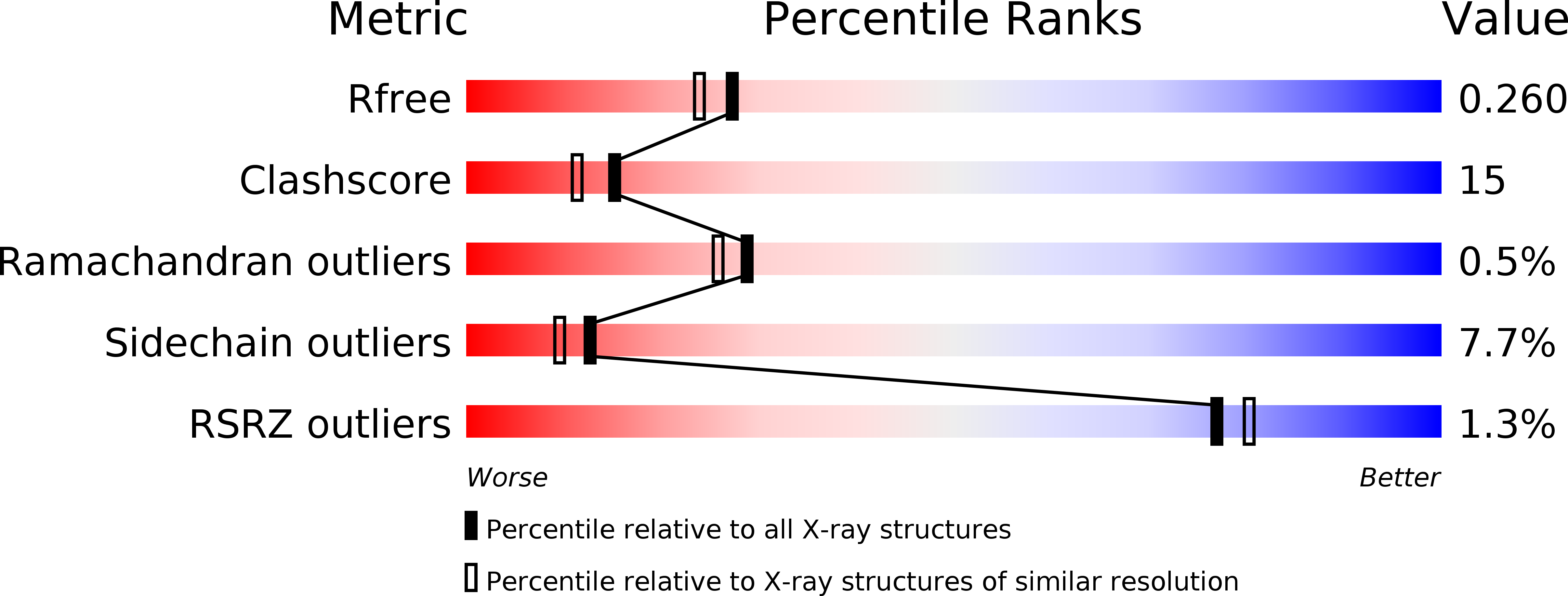
Deposition Date
2006-12-15
Release Date
2007-02-20
Last Version Date
2024-11-20
Method Details:
Experimental Method:
Resolution:
2.10 Å
R-Value Free:
0.25
R-Value Work:
0.19
R-Value Observed:
0.19
Space Group:
P 1 21 1


